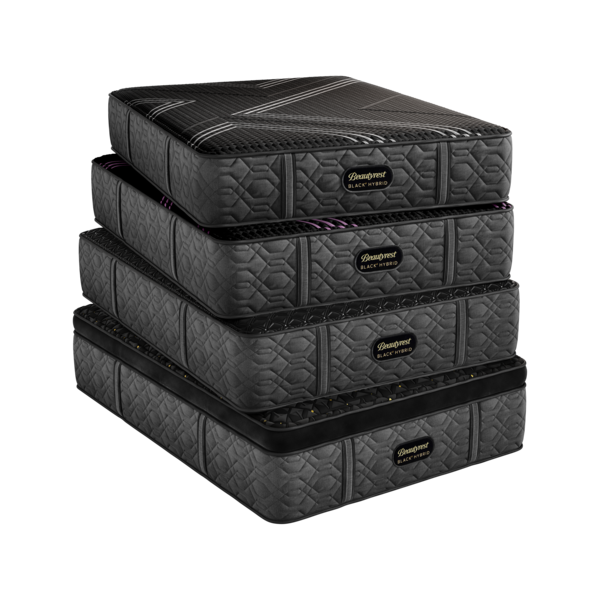Most people spend nearly one-third of their lives sleeping, which makes choosing the right mattress essential for overall well-being. A quality mattress isn’t just about comfort—it plays a significant role in your sleep health, spinal alignment, and even your daily energy levels. With so many options available, how do you determine which features are most important?
In this guide, we’ll explore the key mattress features to consider before making your next purchase.
Support and Firmness Level
One of the most critical factors in choosing a mattress is its level of support. Your mattress should maintain proper spinal alignment, preventing aches and pains. While firmness is a personal preference, here’s a general guideline based on sleeping positions:
- Side sleepers – Softer to medium-firm mattresses provide better contouring for pressure points.
- Back sleepers – Medium-firm to firm mattresses help support the natural curve of the spine.
- Stomach sleepers – Firmer mattresses prevent excessive sinking, which can strain the lower back.
Pressure Relief and Comfort Layers
Mattresses with pressure-relieving materials help distribute body weight evenly, reducing stress on joints and muscles. Memory foam, latex, and hybrid mattresses often include comfort layers designed to cushion pressure points like shoulders, hips, and lower back.
Motion Isolation for Uninterrupted Sleep
If you share a bed, motion isolation is an essential feature. Memory foam and hybrid mattresses with pocketed coils are excellent at absorbing movement, so you won’t be disturbed if your partner tosses and turns during the night.
Temperature Regulation and Breathability
Overheating can disrupt sleep, making temperature regulation a must-have feature. Look for mattresses with cooling technologies such as:
- Gel-infused memory foam – Draws heat away from the body.
- Latex foam – Naturally breathable and temperature-neutral.
- Hybrid mattresses – Include airflow-promoting coils to help with heat dissipation.
Durability and Longevity
A mattress is an investment, so durability matters. High-quality materials like natural latex, high-density foam, and reinforced coils tend to last longer. On average, a good mattress should last between 7–10 years before needing replacement.
Edge Support for Stability
Strong edge support prevents sagging and makes getting in and out of bed easier. This is especially important for those who like to sit on the edge of the bed or sleep near the edges. Hybrid and innerspring mattresses generally offer the best edge support.
Hypoallergenic and Eco-Friendly Materials
For allergy sufferers, hypoallergenic materials like organic cotton, wool, and natural latex can help prevent dust mites and allergens from accumulating. Additionally, eco-conscious consumers may prefer mattresses made with sustainable and non-toxic materials.
Trial Period and Warranty
Since a mattress is a long-term investment, many brands offer trial periods, allowing you to test your new bed risk-free. A solid warranty (typically 10 years or more) also provides peace of mind regarding durability and potential defects.
Final Thoughts
Choosing the right mattress involves considering your sleep habits, comfort needs, and durability expectations. Whether you need a cooling mattress, strong edge support, or motion isolation for a peaceful night, prioritizing these key features will help you make the best decision for a restful and rejuvenating sleep.
Are you ready to upgrade your sleep experience? Explore your options and find the perfect mattress tailored to your needs!





